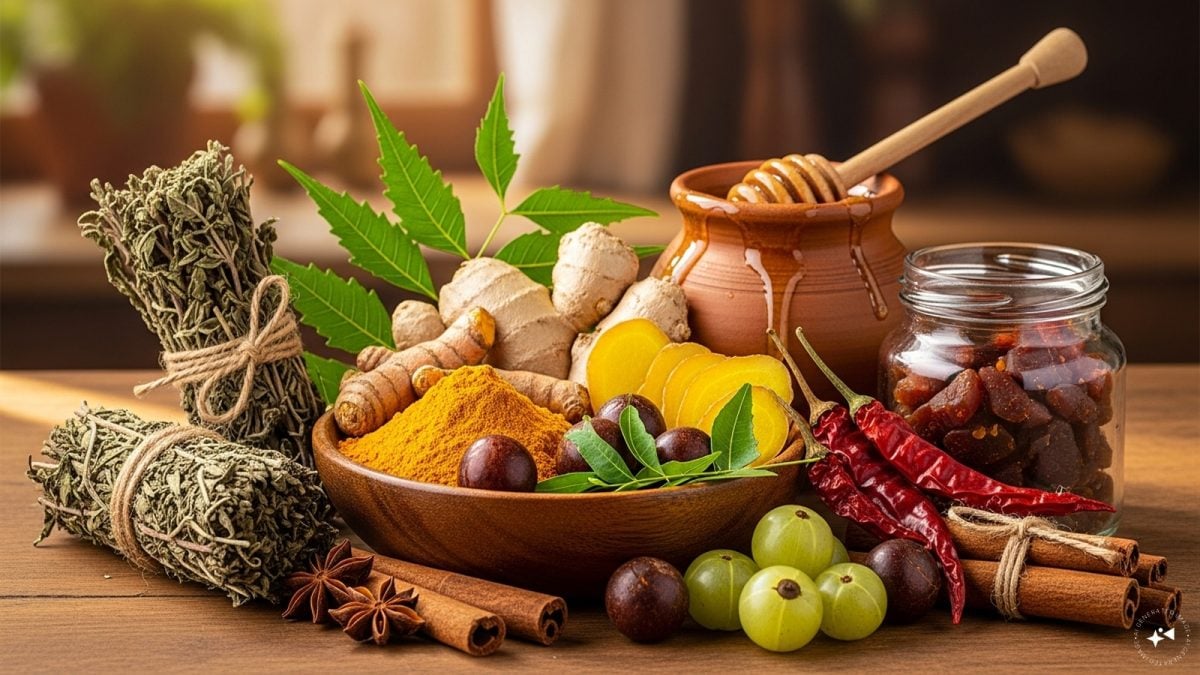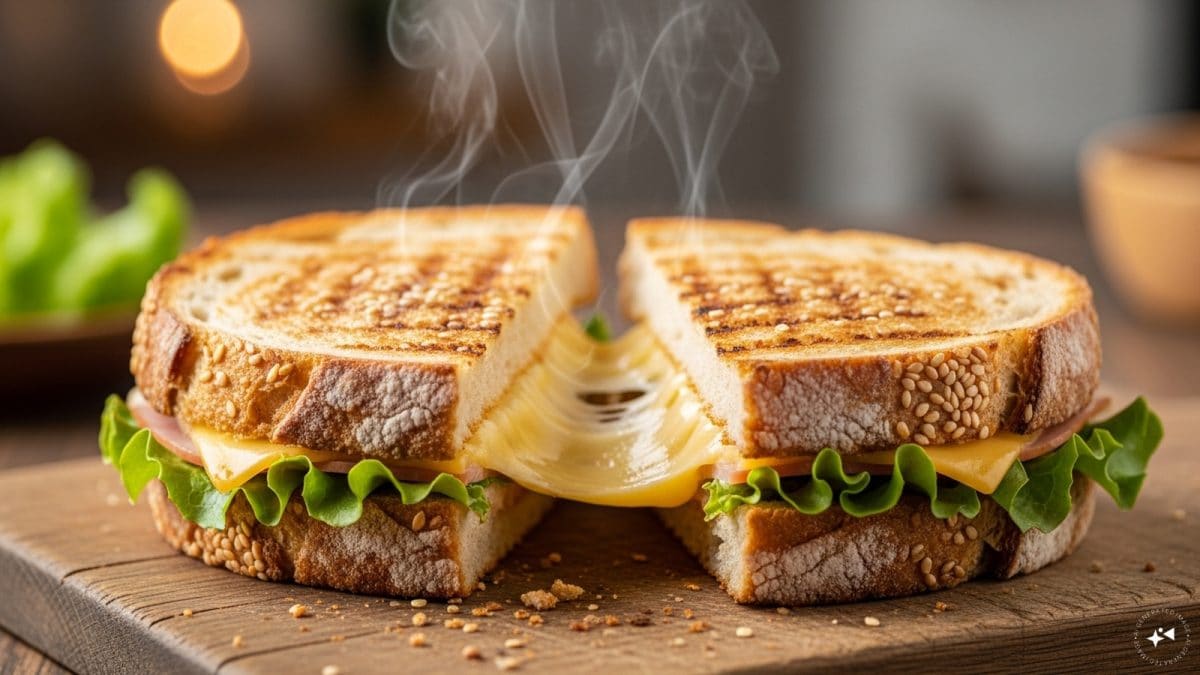Last Updated:
Milk is among the most adulterated food items in the market. Water, starch, or chemicals are often mixed in, reducing taste, lowering mawa yield, and posing health risks

Fake milk is often prepared in markets using chemicals and starch, posing serious health risks. (Local18)
During festivals, the demand for milk and mawa soars as households prepare sweets and delicacies for occasions like Hartalika Teej, Hal Chhath, and Ganesh Chaturthi. But amid the celebrations, one concern remains: how pure is the milk we buy from the market? With adulteration becoming alarmingly common, the risk of consuming diluted or even fake milk has increased. Ensuring the purity of milk is crucial for health and enjoying festive treats.
Milk is one of the most adulterated food items in the market these days. Vendors often mix water to increase volume, reducing both taste and mawa yield. In some cases, fake milk is made using chemicals and starch, which can be harmful to health.
Speaking to the Local18 team, Devendra Kushwaha from Khargone, Madhya Pradesh, who has 21 years of experience selling milk, explained how consumers can detect adulteration through both machines and simple home remedies.
Machine Testing Of Milk
Kushwaha shared that a fatometer machine is commonly used to test milk purity. Costing around Rs 50,000 to Rs 60,000, this device can detect adulteration within 25-30 seconds. It measures fat, SNF (solid non-fat), protein, and mawa content.
For example, buffalo milk should have a fat content between 6 and 8.5, while SNF levels must remain balanced. If fat and SNF readings align, the milk is considered pure. A correct CLR (lactometer reading) is essential for quality. A clear indicator of adulteration is when less than 200 grams of mawa is produced from one litre of milk.
Home Remedies To Detect Water Adulteration
Kushwaha also shared a few easy ways to check purity at home:
- One litre of milk should yield 200-320 grams of mawa. Less indicates adulteration.
- Pure milk forms a thick cream when boiled; thin or no cream means water has been mixed.
- If milk sticks to a vessel or foil after heating, it is pure.
- A thin or bland taste signals dilution.
- Pure milk has a natural sweetness, which is lost in adulterated milk.
Identifying Fake Milk
Apart from water, harmful chemicals are sometimes added to produce fake milk. According to Kushwaha, these are the signs to watch for:
- Pure milk appears bright white, while fake milk often looks yellowish or brown.
- Pure milk tastes naturally sweet and smooth; fake milk leaves a bitter aftertaste.
- Real milk spoils slowly, whereas fake milk curdles quickly, even after boiling.
As festivals draw near, experts advise households to be extra cautious. A little awareness can ensure that the sweets we prepare and consume remain safe and truly celebratory.
- Location :
Khargone, India, India








